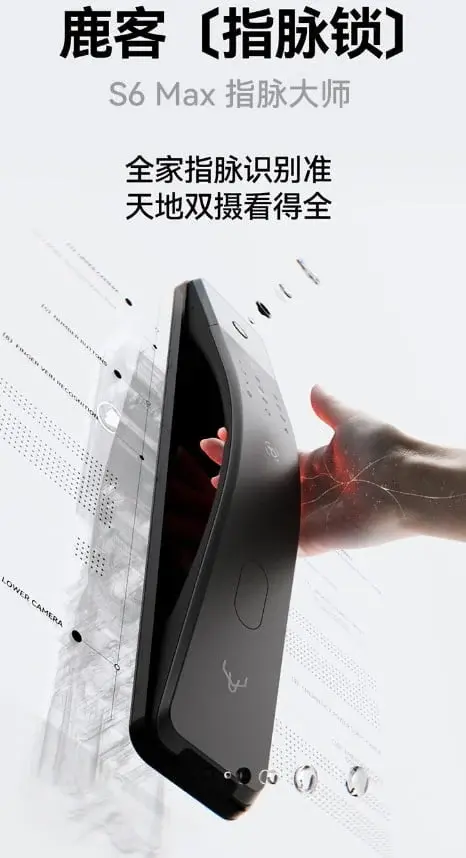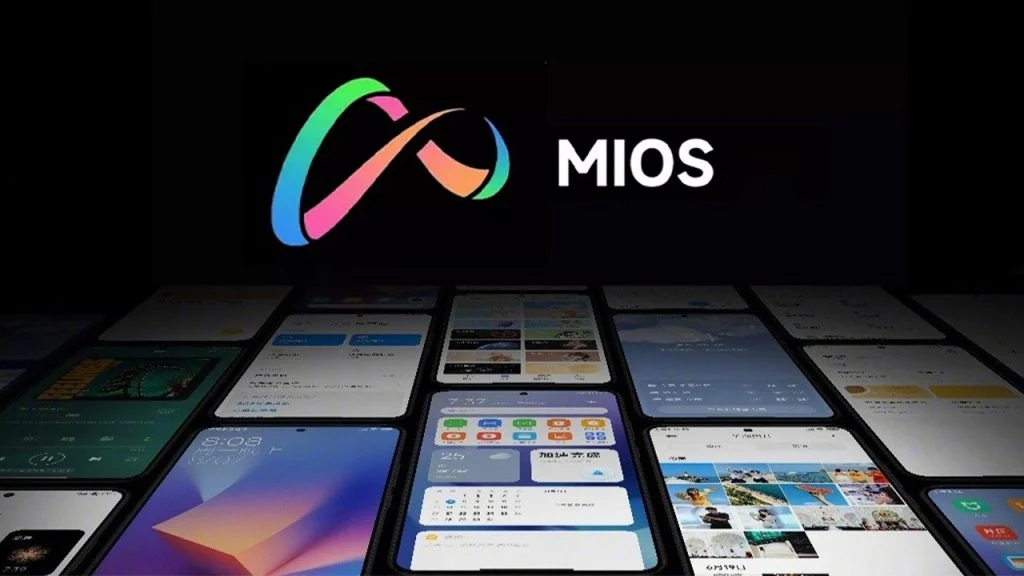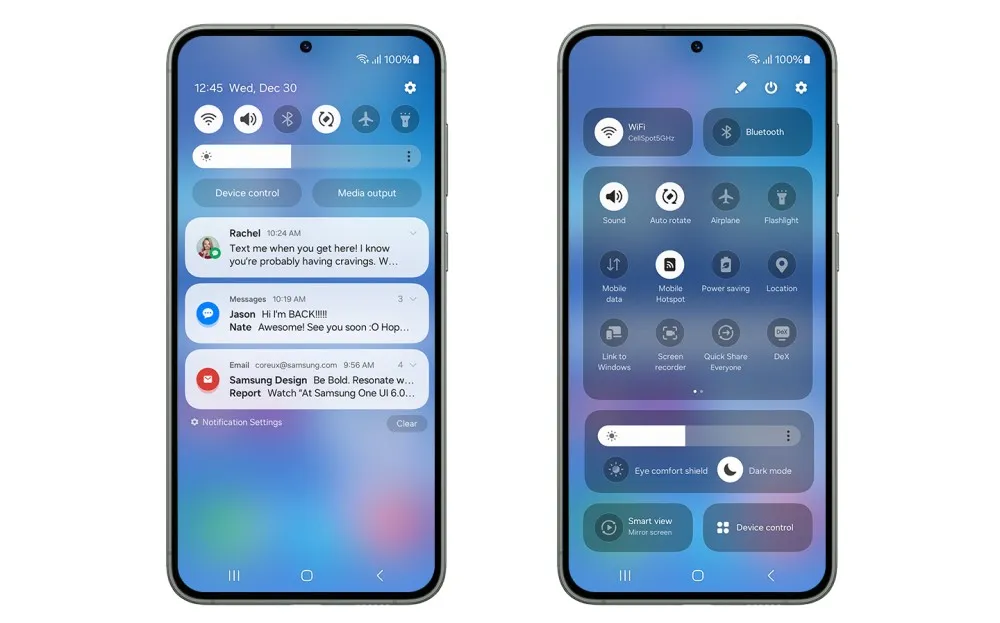The S6 Max-H Dual-Camera Smart Door Lock, which has recently been introduced in China, incorporates advanced vein recognition technology to enhance security for residences and businesses.
Utilizing cutting-edge vein recognition technology, the S6 Max-H employs dual cameras and 3D structured light to capture and analyze blood vessel patterns beneath the skin's surface. This innovative method enables rapid and accurate authentication, distinguishing it from traditional security measures like fingerprint scanners. Vein recognition is known for its high reliability and resistance to duplication, making it an excellent choice for robust security systems.
Advanced Technology at Work
The S6 Max-H Dual-Camera Smart Door Lock offers a versatile range of nine door opening methods, including face unlocking, password entry, and Bluetooth unlocking. Featuring a built-in 4.7-inch screen and a powerful 5000 mAh battery, this device ensures both safety and convenience for users.
Unveiling Vein Recognition
Vein recognition technology operates by capturing infrared light absorbed by hemoglobin in blood vessels, generating unique patterns specific to each individual. The system differentiates between lighter and darker patterns based on the varying absorption levels of infrared light, establishing precise biometric references for accurate identification.
China has been at the forefront of implementing vein recognition technology, with a history of utilizing it in various sectors such as AI and robotics. Widely integrated in access control systems, autonomous vending machines, and public transportation, this technology has seen notable applications across different industries, showcasing China's advancements in innovative security solutions.

Pioneering Biometric Innovations
Vein recognition technology's roots trace back to the 1980s, pioneered by Joe Rice and subsequently developed commercially by Hitachi from 1997 onward. Initially adopted by Japanese financial institutions for its reliability, this technology has seen widespread adoption in China, particularly in transportation systems and payment solutions.
Noteworthy implementations include DeepBlue's Panda Bus enabling ticketless boarding through palm scanning and ongoing trials for palm vein recognition in metro payments in cities like Shanghai. Tencent has also introduced palm payments on Beijing's airport express line, offering WeChat users an alternative to facial recognition. These initiatives represent significant strides in advancing biometric payment systems within China's evolving transport networks, underscoring the country's commitment to leveraging cutting-edge identification technologies.



